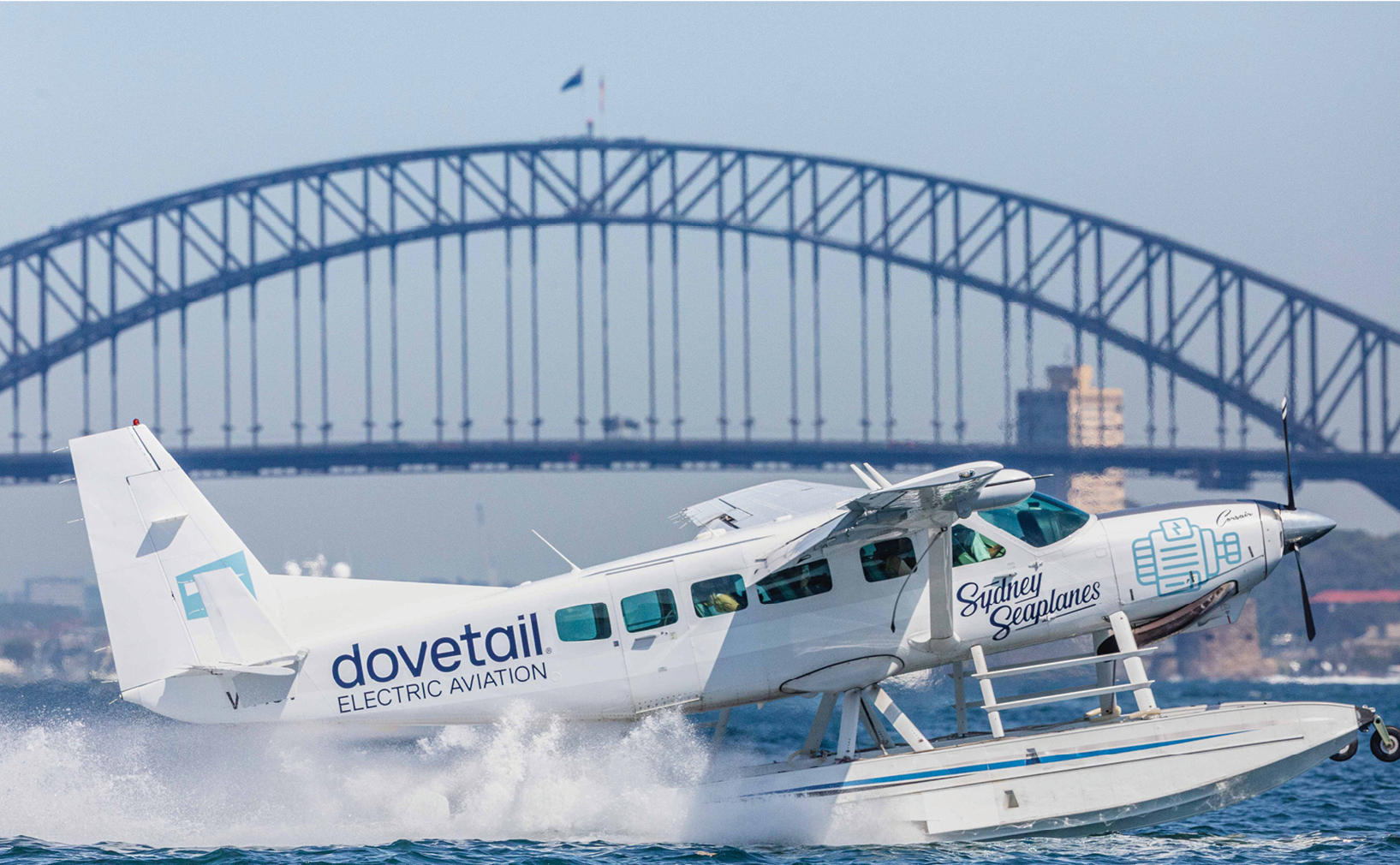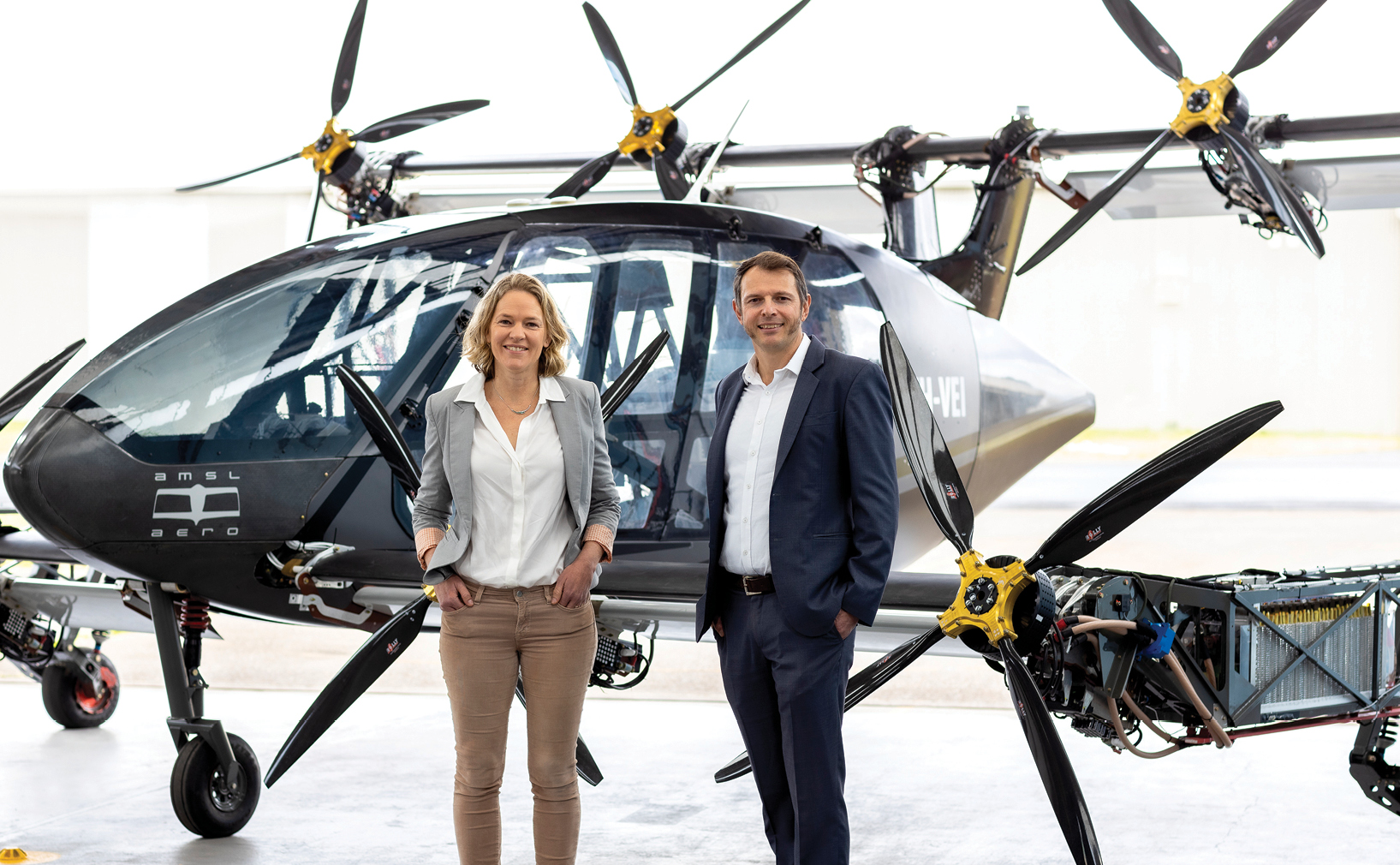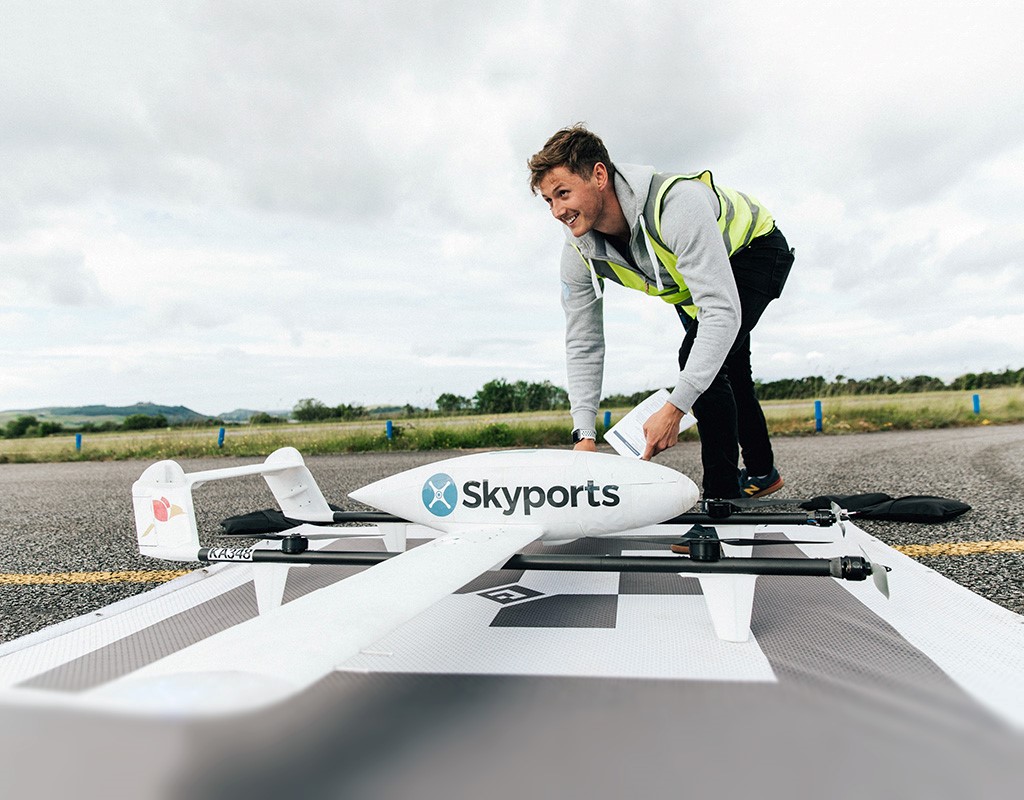The dawn of electric general aviation may have edged a little closer this month with the test flight of a production-spec electric general aviation aircraft. On 8 February the aircraft completed its first official test flight with its production Siemens electric motor at the Centennial Airport, south of Denver, Colorado.
Bye Aerospace has been developing the all-electric ‘Sun Flyer’ aircraft since 2014 with the aim to produce it as an FAA FAR 23 certified two-seater and four-seater general aviation training aircraft. It is focusing its flight testing on its propulsion system, envelope expansion and systems optimisation by using a 26 kg Siemens SP70D electric motor, which has a maximum power of 89.5 kW (120 HP) and a continuous power setting of up to 70 kW (94 HP). Bye Aerospace competes with another e-plane maker, Pipistrel, which is developing the Alpha Electro—a two-seat electric trainer. The Pipistrel is based on a light sport aircraft design whereas the Sun Flyer would be VH-registerable as a general aviation aircraft, based on its FAA certification.
Bye Aerospace chief executive George E. Bye said, ‘The airplane performed exactly as planned. My thanks to the entire Siemens team for their participation as we enter this next, important flight test phase of Sun Flyer 2 with the Siemens electric propulsion system.’
Bye Aerospace says it intends to serve general aviation by providing a clean, renewable energy, electric training aircraft. ‘As of December 2018, we have 220 deposits, split evenly between the Sun Flyer 2 and Sun Flyer 4,’ the company says.
Bye Aerospace says the Sun Flyer 4 will offer a 115 cm cabin width, 11.5 m (38-foot) wing span, ballistic parachute recovery system and a gross weight of 1225 kg, with 360 kg of payload for pilot and passengers. The projected flight endurance is 4 hours.
Bye Aerospace is also developing unmanned aircraft that use solar panels to boost their flight endurance. The company has talked about versions of the Sun Flyer being equipped with this technology, but it was not mentioned in reports of the prototype’s flight.





Comments are closed.